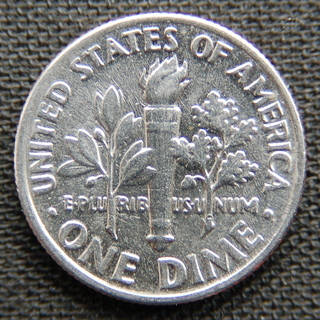Camera requirements
-
The Dime Test --
Can you read "E PLURIBUS UNUM" on your photograph of a dime?
If so, you and your camera pass. You can take
sufficiently high-quality close-up photographs.
-
Practice --
Now try a moth near a light at night!
Or a mushroom, which won't move.
And, again. And, again. The secret is a steady hand or
fast shutter speed when taking close-ups.
When you or your subject are moving,
use a flash and set your camera's shutter
speed to as fast as possible.
If possible, try it at 1/500th second.
-
Suggested cameras --
If your camera doesn't work well, try using a
- Mothing --
Nikon D50 camera with AF Micro Nikkor 105mm 1:2.8 D lens --
most highly recommended photographic system for MOTHING (buy camera and lens used from eBay,
for $110-$140 and $330-$420, respectively)
- General -- Sony Cyber-shot DSC-HX300V -- most highly recommended GENERAL camera (buy new for about $430)
- Sony Cyber-shot DSC-HX1 (buy this or HX100 or HX200 used)
-
Recommended camera setting for close-up photography --
- Mode -- Manual or macro (= flower icon) if your camera doesn't have a manual option.
- Shutter speed -- 1/500th of a second or faster.
Some cameras will not allow you to go faster than 1/200 or 1/250th with the built-in flash.
In this case, go with the nearest value to 1/500th that you can.
Low shutter speeds will cause your subjects to appear blurry if they are moving or if you don't use a tripod.
- F-stop/aperture/depth of field -- highest possible for the amount of light available: ideally F8, F16, or F32.
Lower F-stop values will have an undesirable shallow depth of field and appear out of focus around the edges of the focal point.
If your images are dark, first increase the ISO to 800, then reduce the F-stop, but do not change the speed setting.
- ISO -- ideally set to 200. If your photographs are dark,
increase this to 400 or even 800 but not more. Higher values will make your images grainy.
- Flash -- on. We recommend that you almost always use your built-in flash.
- If your camera permits, increase or decrease the amount of flash after
taking the first image of a subject as required.
- Image quality -- set your camera to take the largest image and at highest resolution jpg possible.
|

zoom in
|
|